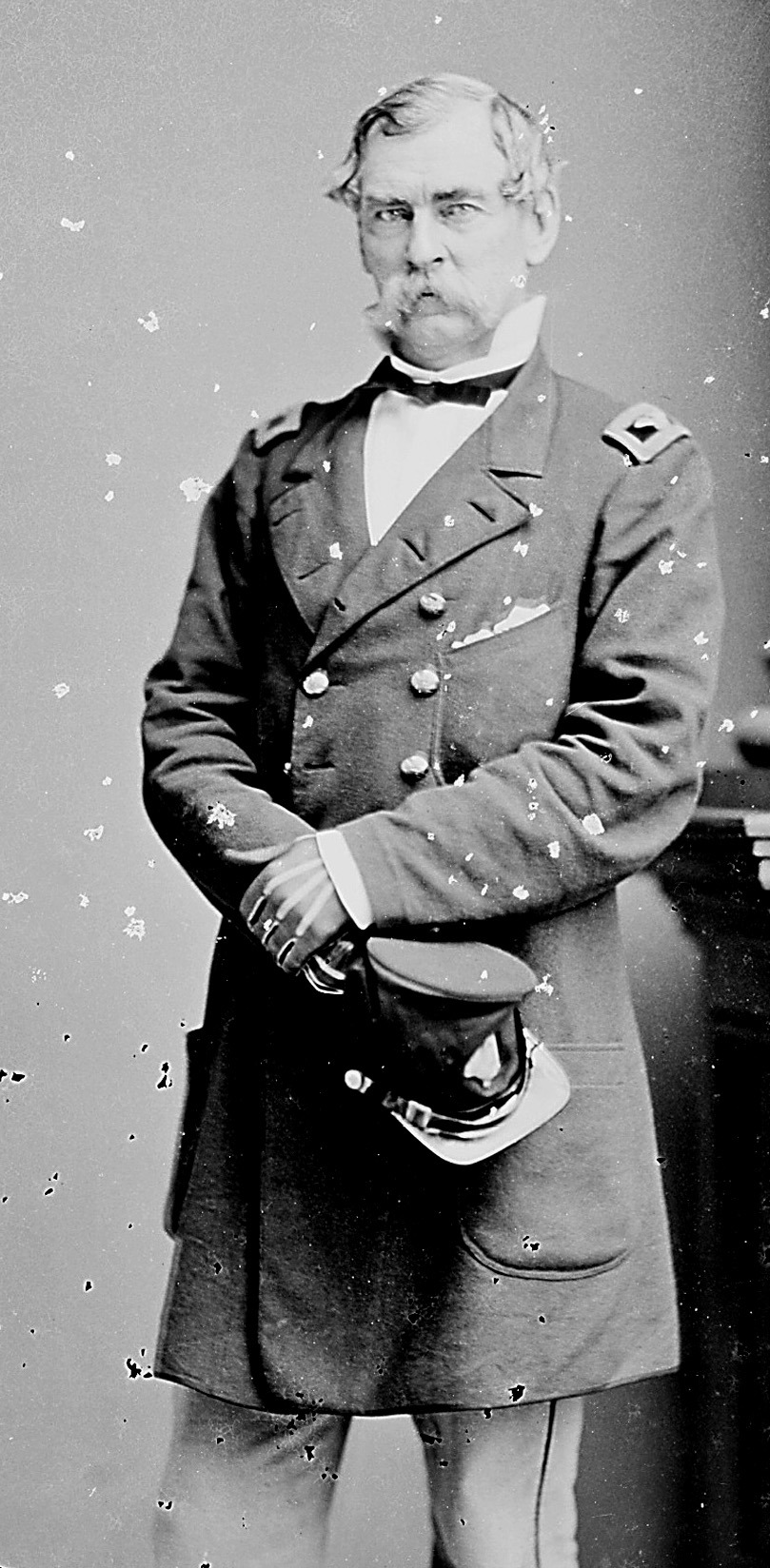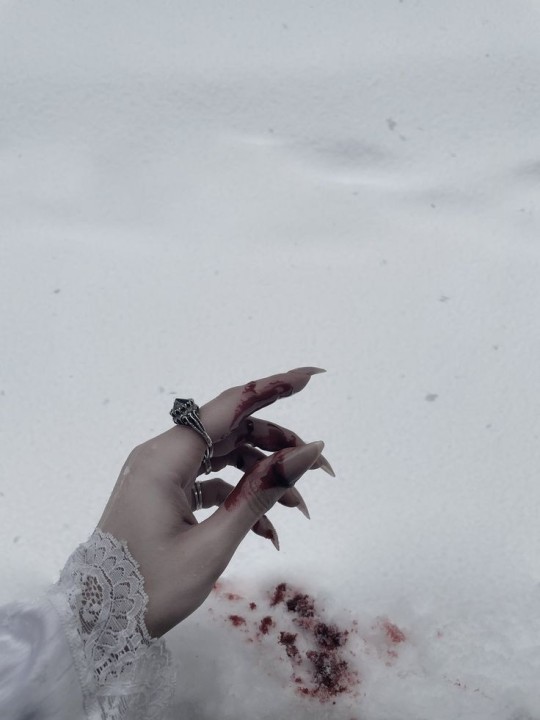All of my fav historical characters are vampires, change my mind
Don't wanna be here? Send us removal request.
Text

#black kitty#black beauty#black and white#black cat#white and black#pet#pets#cats#kitty cat#gothic cat#cats of tumblr#goth aesthetic#goth
8 notes
·
View notes
Text







#peinture#oil painting#portrait painting#painting#paint#art#history#military history#cavalry#french history#military aesthetic#reenactment#french reenactment#reenactor#1850s#1860s#crimean war
18 notes
·
View notes
Text

#cat#gothic cat#gothic#goth#goth aesthetic#black cat#cats of tumblr#black kitty#kitty cat#black and white#black beauty
18 notes
·
View notes
Text

My cat will become a star
#cat#gothic cat#black cat#cats of tumblr#cats#goth aesthetic#goth#gothic#black kitty#black and white
21 notes
·
View notes
Text

16 notes
·
View notes
Text

23 notes
·
View notes
Text



#black cat#black and white#black kitty#gothic#goth aesthetic#gothic cat#animals#cats#cats of tumblr#witch#witchblr#goth
33 notes
·
View notes
Text


















Edward Dalton icons | Daybreakers (2009)
70 notes
·
View notes
Text

Have a new beautiful imperial year of worshipping the emperor and keeping him in honor ! ✨🎆🦅
#military history#history#french history#cavalry#military aesthetic#reenactment#french reenactment#reenactor#19th century#Napoleon III#napoleon3#second empire
23 notes
·
View notes
Text
"A fire, supposed to be occasioned by the enemy's shells": Curious reporting about the Christmas Day bombardment
“A fire, supposed to be occasioned by the enemy’s shells”: Curious reporting about the Christmas Day bombardment

In a report dated January 1, 1864, Colonel Alfred Rhett, 1st South Carolina Artillery and commander of the 5th Military District of South Carolina (basically, the city of Charleston itself, minus the harbor and coast defenses), reported:
On the morning of the 25th [of December], at 12.30 a.m., the enemy commenced to shell the city, firing briskly. This shelling continued up to 1 p.m. of the same…
View On WordPress
2 notes
·
View notes
Text




J'ai réalisé une étude du visage de PGT Beauregard. En effet, je dessine des portraits de certaines personnes historiques pour ensuite mémoriser les traits de leur visage et les dessiner de mémoire et comme je le souhaite !


10 notes
·
View notes
Text
The nineteenth century was wild! I can't imagine what it must have been like, living before modern sanitation and health care.
An Example:

This rakish mf'er is General Charles Ferguson Smith (1807-1862). He graduated from West Point in 1825, and thirteen years later came back to serve as Commandant of Cadets, a post he held from 1838-1843. Officers he taught at West Point included:
Three Generals in Chief of all Union armies (U. S. Grant, W. T. Sherman, and Henry W. Halleck), two Union Chiefs of Artillery (William F. Barry and Henry Hunt), and the Union's Chief Engineer (Joh Newton)
The commanding generals on both sides of the First Battle of Bull Run (PGT Beauregard and Irvin Mcdowell), five other Union army commanders (George Thomas, Don Carlos Buell, John Pope, William Rosecrans, and Edward Canby), and one Confederate army commander (Earl Van Dorn)
The Confederacy's Chief Engineer (Jeremy Gilmer), Quartermaster General (Alexander Lawton), and Chief of Ordnance (Josiah Gorgas)
Eight Confederate corps commanders (James Longstreet, Richard S. Ewell, Gustavus W. Smith, A. P. Stewart, "Fighting Dick" Anderson, William Hardee, who also wrote the book on infantry tactics that both armies used to train during the first few years of the war, Edward "Allegheny" Johnson, and Carter L. Stevenson)
Seven Union corps commanders (Horatio Wright, James Ricketts, William B. Franklin, John Reynolds, George Sykes, Nathaniel Lyons, and the mathematical prodigy EOC Ord who, before the War also surveyed Los Angeles and Sacramento)
Eleven Union division commanders (Isaac Stevens, William Hays, Albion P. Howe, Israel "Fighting Dick" Richardson [yes, there were two "fighting Dicks" in the Civil war and one wasn't even named Dick] Abner Doubleday, Christopher Augur, Isaac Quinby, William T. H. Brooks, John Peck, George Getty, and the amazingly named Zealous B. Tower)
Eight Confederate division commanders (Lafayette McLaws, Franklin Gardner, John P. McCown, D. H. Hill, James Martin, Abraham Buford, Mansfield Lovell, and Bushrod Johnson)
He then served in the Mexican-American war as commander of an artillery battalion, and was placed in charge of policing Mexico City during the occupation.
When the Civil War came around, he was one of the four officers who Winfield Scott suggested would be suitable to command all Union Armies - and the only one who stayed loyal to the flag. The other three were Albert Sidney Johnston (who died commanding the Confederate Army at Shiloh), Joseph E. Johnston (who commanded several armies for the Confederacy) and a dude named Robert E. Lee.
He wasn't offered overall command, but instead was sent out west to command a division in the army of his former student, U.S. Grant. During the battle of Fort Donelson, Smith led a countercharge against a Confederate attack, screaming at his troops: "Come on, you damned volunteers, come on. You volunteered to be killed for love of country, and now you can be. You are only damned volunteers. I'm a soldier, and so don't want to be killed, but you all came to be killed and now you can be!"
All of that to say: this was a serious badass. So it was extra ridiculous when he died shortly before the battle of Shiloh: two weeks earlier he had skinned his shin jumping out of a boat. The scratch got infected and killed him. Nothing anyone could do.
Meanwhile several of his students got shot multiple times and lived. James Longstreet got shot in the fucking throat and lived. Richard Ewell lost a leg and then returned to duty and got shot again! James Ricketts got shot twice and had his horse fall on him.
Absolutely fucking wild.
8 notes
·
View notes


































